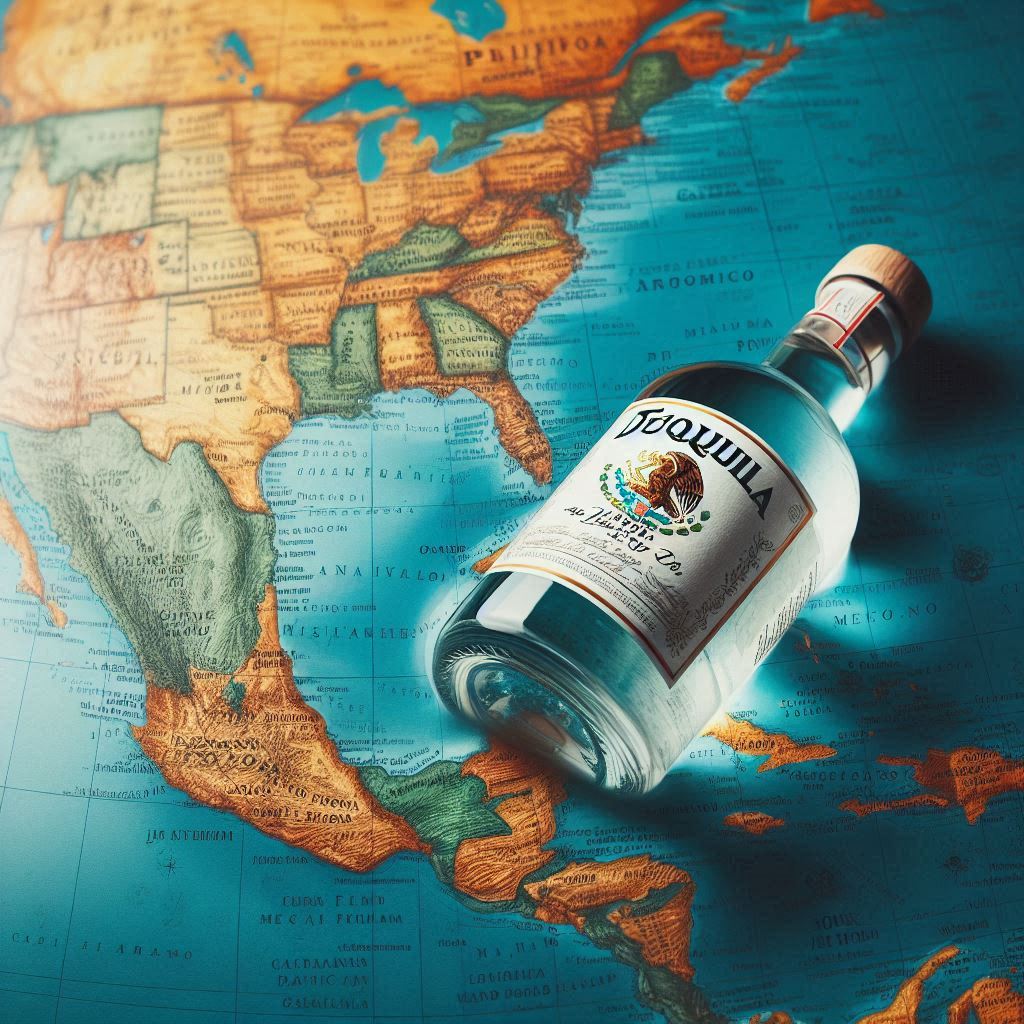Who helped to invent tequila?
Tequila’s secret ingredient? A splash of history from the Philippines
Walk into a trendy bar today and you’ll see it: rows of sleek bottles of tequila, glowing under the lights, each with its own story — often backed by a celebrity. Scroll through Instagram and you’ll spot them too, jostling for likes and shelf space. Tequila, the agave-based spirit from Mexico, is booming. But while the spotlight shines on branding, luxury labels, and agave tourism in Jalisco, few people pause to ask a deeper question:
Where did the know-how to distill agave even come from?
It’s a question that’s been simmering beneath the surface of scholarly research, and recent findings suggest a fascinating twist: the roots of tequila may stretch all the way across the Pacific Ocean — to the Philippines.
A journey through time and oceans
To understand tequila’s lesser-known origin story, we have to rewind to the days of the Manila-Acapulco galleon trade, a trans-Pacific shipping route that connected Asia and the Americas from 1565 to 1815. These Spanish galleons weren’t just filled with silk and silver — they also carried people, ideas, and technology. One of those ideas? Distillation.

That’s right. The technique to turn fermented liquid into potent spirits like tequila may have made its way from the Philippines aboard these very ships. Filipino sailors, deeply familiar with making lambanog — a coconut-based distilled spirit — could have introduced their distillation methods to coastal Mexico, particularly places like Guerrero, Colima, and Jalisco.
But wait — isn’t tequila a Spanish invention?
Yes and no.
There are three main theories about how tequila came to be:
- The Spanish Alembic Theory: After the conquest of Mexico, Spanish colonizers brought over alembic stills — based on Arabic technology — to turn fermented drinks into spirits. This version is the most widely accepted and appears in colonial documents, including the Relaciones Geográficas, a Spanish Crown project in the late 1500s.
- The Indigenous Knowledge Theory: Some archaeologists believe that Indigenous Mesoamericans may have already understood steam condensation using ceramic vessels. So when distillation arrived, they didn’t just adopt it — they adapted it using their own systems of knowledge.
- The Filipino Connection: Then there’s the idea that Filipino sailors — working the Pacific trade routes — introduced their own distilling techniques, using makeshift stills made of clay, bamboo, and coconut shells. These methods bear a striking resemblance to early Mexican setups — much more than the European ones.
Historian Pablo Guzman-Rivas has even found oral histories in coastal Mexican towns where locals trace their distilling traditions directly back to Filipino ancestors.
More than just spirits
The Filipino influence didn’t stop at tequila.
In Mexican port towns like Colima, echoes of the Manila trade are still felt today. Words like “palapa” (a thatched roof) exist in both Mexican and Filipino Spanish. Filipino migrants brought not only their distilling skills but also knowledge of boatbuilding, fermentation, and food preservation. Thanks to them, ingredients like coconut vinegar, fish sauce, and palm sugar quietly entered Mexican kitchens.
One enduring legacy? Tuba — a fermented coconut drink still sold roadside in Guerrero — shares its name, recipe, and purpose with the Filipino original.
A spirit of movement
Here’s the thing: cultural and technical knowledge doesn’t only pass through official routes. It travels with cooks in galleys, carpenters on deck, and sailors who stay behind. These exchanges were forged in the fires of colonization and trade, yes — but they also birthed something lasting.
By the early 1600s, Mexico had developed its own distinct distilled agave spirits. Tequila was born — unmistakably Mexican, yet shaped by global hands.
So next time you sip a premium tequila, remember: you’re not just tasting blue agave and oak-aged nuance. You’re tasting history — a spirit stirred by migration, resilience, and the crossing of oceans.

